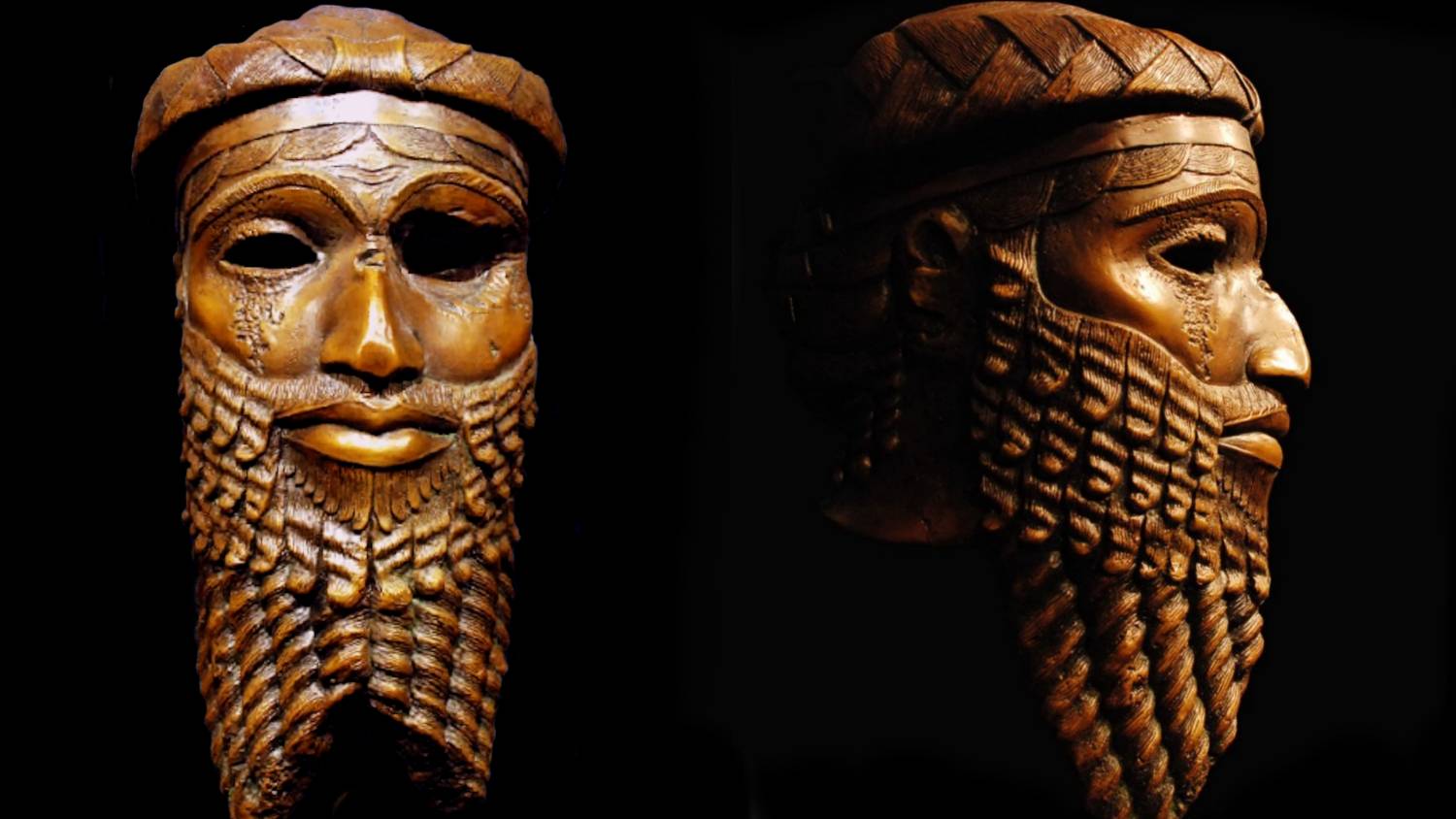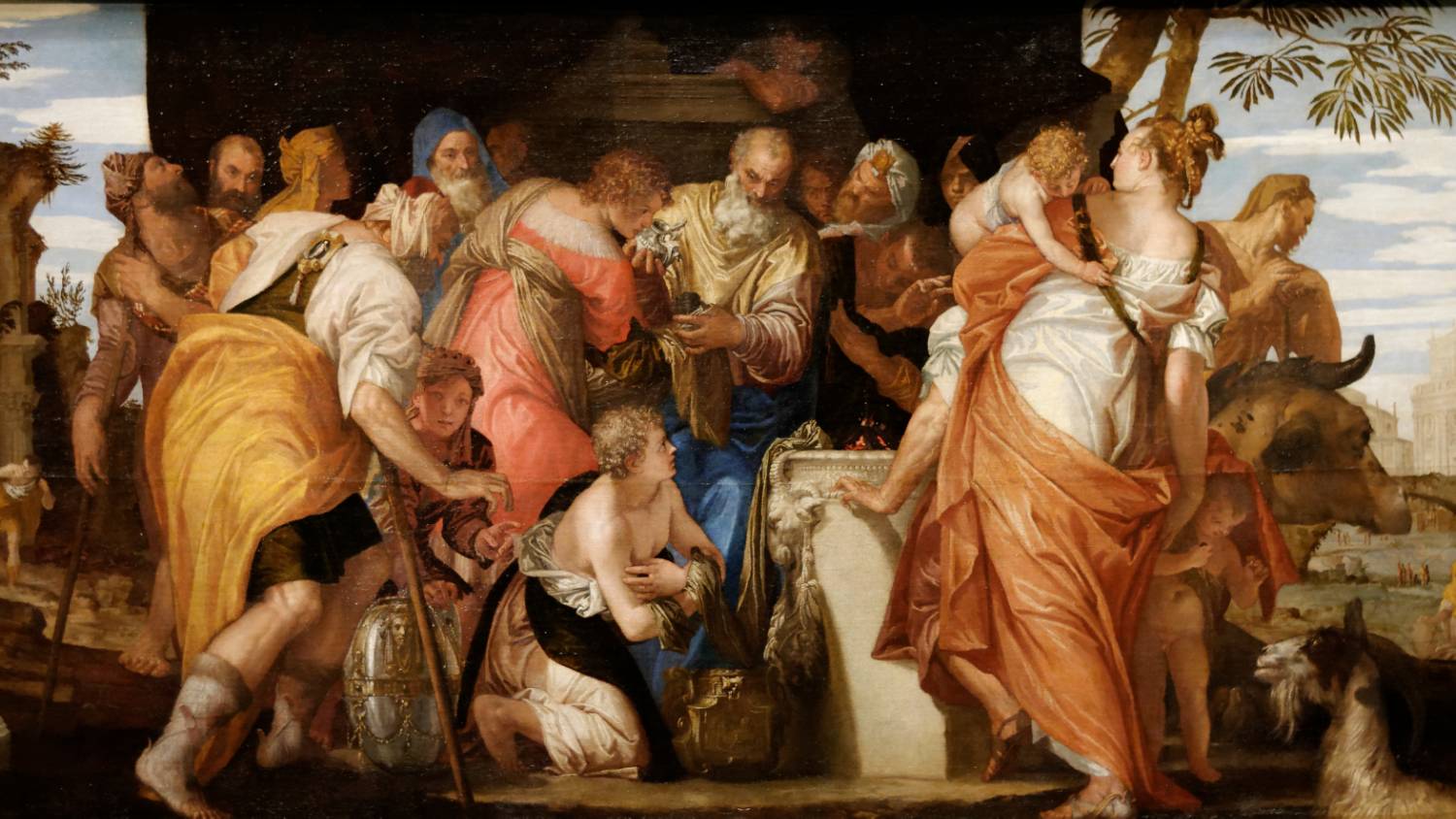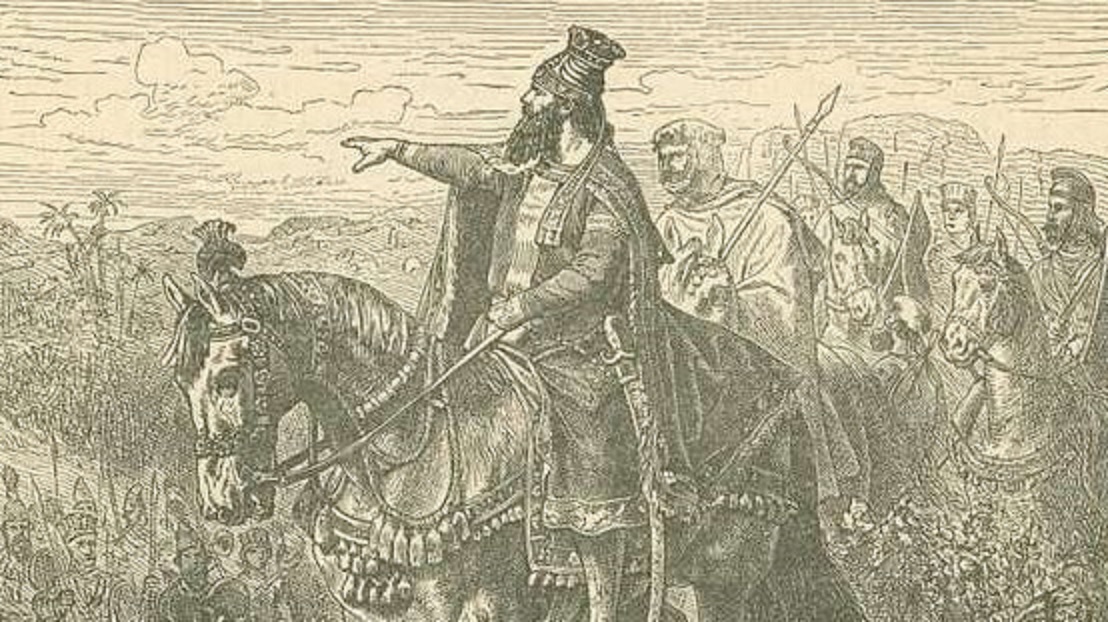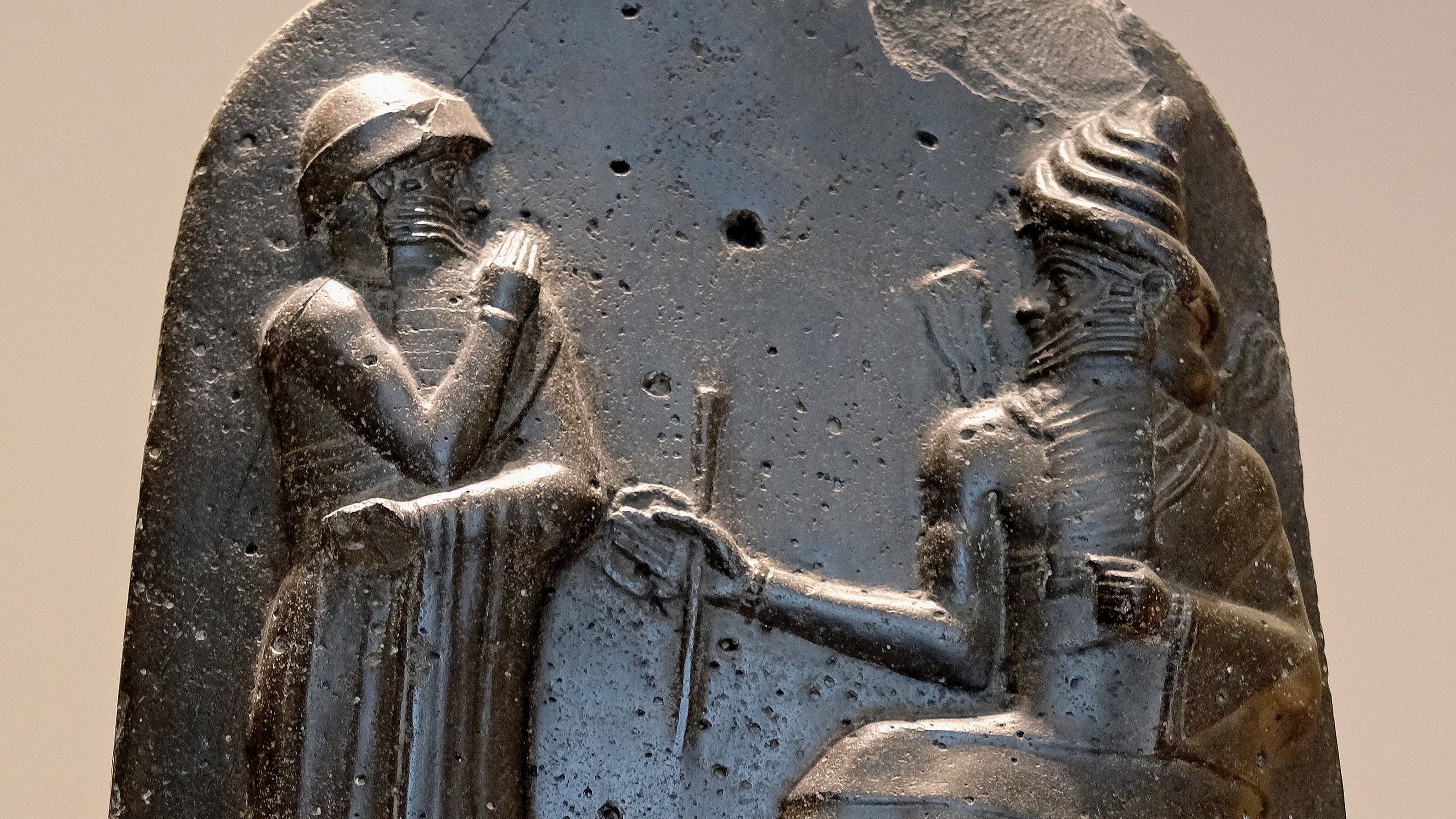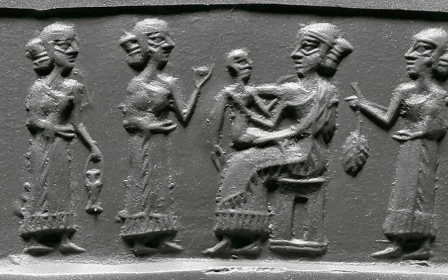Five ancient Middle Eastern empires and why they are important
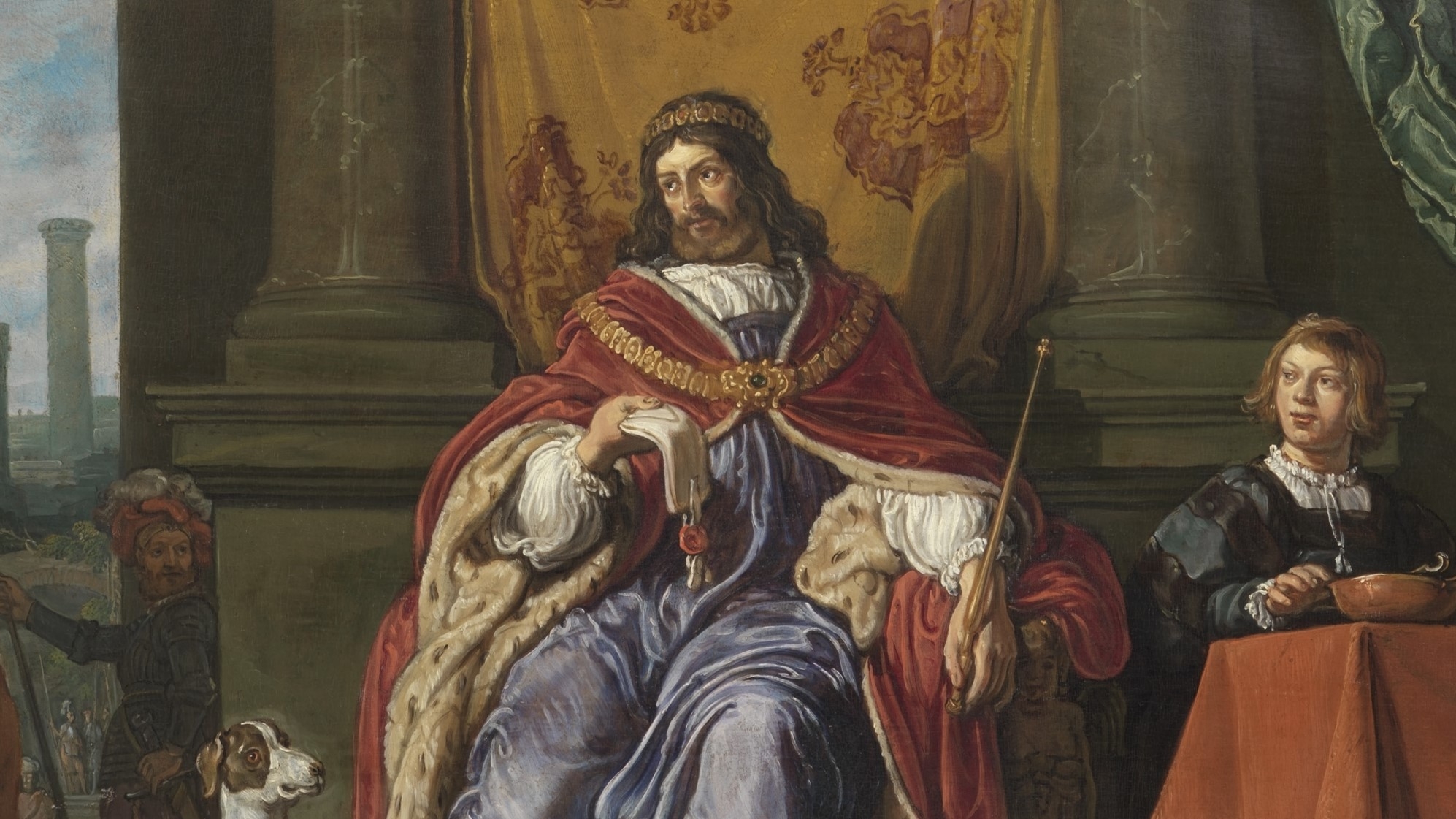
The Middle East is considered the birthplace of civilisation, where the first large settlements were formed more than 9,000 years ago.
As recent archaeology and anthropology has shown, agriculture emerged in regions that now are part of Turkey, Syria and Iraq about 11,500 years ago, where the first permanent settlements were established, initially in the form of small villages.
While advanced societies developed separately in several places across the world, the first major city-states emerged in what is roughly the modern state of Iraq
Here, ancient peoples like the Sumerians developed early forms of writing, known as cuneiform, and developed trade relationships between people living in other regions.
While at first these contacts would have been peaceful, they eventually gave rise to conflict.
The Sumerians and a neighbouring people called the Elamites had the distinction of being involved in the first war in recorded history in around 2700 BCE.
Once a precedent for large-scale conflict was established, it was not long before the first empires developed.
While defining an empire is subject to debate, there is consensus on the idea that it involves the control of one state by another with the threat of violence for lack of compliance with the central power.
History's first recorded empire was the Akkadians, established by a man called Sargon in around the 24th century BCE.
The Semitic Akkadian peoples would establish the modus operandi for the way future empires functioned.
These empires would go on to have a huge impact on the way societies were organised, the growth of religion and the languages people speak.
In this non-exhaustive list, Middle East Eye looks at five ancient empires from the region and their main contributions.
The Akkadian Empire
Under their legendary founder, Sargon the Great, in the 24th century BCE, the Akkadians established control along the Tigris and Euphrates rivers in Iraq, pushing down into the Arabian Peninsula and what are now the Gulf states.
Legends surrounding Sargon's origins include one in which he is put into a river by a priestess mother and then found and raised by a labourer. Other historians say that he was the son of a gardener.
In any case, despite his humble origins, he would establish the largest united political entity the world had seen until that point.
The Akkadian language his people spoke was Semitic and so related to the modern languages of Arabic, Hebrew and Amharic.
We know a lot about them compared to other peoples living in the Near East at the time because they left pictorial depictions in stone reliefs, as well as cuneiform writing.
Notable Akkadian advances included the use of postal systems, the construction of roads to facilitate trade, and the widespread use of irrigation systems for growing crops - And the idea of empire itself.
The Kingdom of Israel
Compared to the other empires listed here, the Kingdom of Israel was relatively small and short-lived, comprised of a small strip on the eastern Mediterranean covering parts of modern-day Israel, Palestine, Jordan, Lebanon and Syria.
Nevertheless, its cultural impact is immeasurable, giving rise to early forms of the Abrahamic faith and the Old Testament.
Much of what we know about the kingdom comes from the books of the Old Testament , which say it was established under a king named Saul.
The Biblical figure is said to have united the scattered Israelite tribes under a single ruler, as well as subduing some neighbouring peoples. His successors include the famed King David and Solomon.
Through Judaism and Christianity, which consider the Old Testament a foundational text, traditions associated with the Kingdom of Israel continue to be practiced today. The prophets and kings mentioned in the Old Testament are revered figures in Islam too and several other faiths, such as Mandaeism, the Druze religion and Bahaism.
Biblical traditions have also had an impact on the political cultures of Europe. One important concept is the "Divine Right of Kings", which was the idea that monarchs, such as David and Solomon, were appointed by God.
Christian monarchies across Europe adopted the idea to justify their own rule, including the British royal family.
This biblical influence is evident in coronation ceremonies, which ritually re-enact the crowning of King Solomon.
The Achaemenid Persian Empire
The Achaemenid Empire was established by Cyrus the Great in the sixth century BCE and was the first great Persian empire.
Until it was surpassed by the empire of Alexander the Great, who also destroyed the Achaemenid state, the empire was the largest the world had ever seen.
Persian control stretched to the borders of Greece in the Aegean to what is today Pakistan in South Asia.
From their capital in Persopolis in central Iran, the Persian emperors ruled over a cosmopolitan and relatively tolerant society, which would set the standards for Middle Eastern imperial opulence way into the 20th century.
Cyrus is praised in the Bible for freeing the Jews from Babylonian captivity after his conquest of that empire.
Achievements under the empire included the development of complex bureaucracies to administer its disparate regions, as well as roads connecting remote Achaemenid territories.
The Persians also established the first international postal network, which stretched the breadth of the empire.
The Egyptian Empire
While Egyptian civilisation has existed since at least 3100 BCE, the territorial ambitions of various dynasties were limited to the Nile Delta and further south along the Nile.
During the New Kingdom (c. 1570- c. 1069 BCE), the Ancient Egyptians, driven by their vast wealth and military organisation, established an empire that not only stretched south into Sudan but also into the Near East, as far north as southern Turkey.
Achievements during this period include a flourishing of diplomatic correspondence between Egypt and its neighbours in matters of trade, military cooperation, royal marriages and gift exchanges.
The earliest recorded peace treaty in history dates back to this period as a result of Egyptian expansionism.
It was signed between Hattusili III of the Hittites, and Ramses II in 1269 BCE, five years after the bloody Battle of Kadesh.
The Babylonian Empire
The Babylonians were a Semitic people who ruled over much of the territory the Akkadians once controlled.
Their reign was split over two periods: the first being the Old Babylonian Empire, which lasted between 1894 BCE and 1595 BCE; the second being the Neo-Babylonian, which lasted between 626 and 539 BCE, when they were conquered by the Persians.
They are notable for their advances in mathematics, especially the development of trigonometry and astronomy.
One of their most important legacies is the way we divide segments of time into parts comprising 60, such as there being 60 seconds in a minute and 60 minutes in an hour.
Their contributions were not limited to the sciences, with perhaps their most famous in the field of law.
The Code of Hammurabi, dated to the 18th century BCE, is one of the oldest and best-preserved sets of laws from the ancient world.
King Hammurabi, after whom the code is named, claimed to have received the commandments from Shamash, the Babylonian god of justice.
The text proscribes the swearing of false oaths, burglary, adultery and assault, among other offences.
It also sets out rates of compensation for professional negligence, such as for a builder who constructs a house poorly. Punishments range from death for a number of offences to financial compensation.
This article is available in French on Middle East Eye French edition.
Middle East Eye delivers independent and unrivalled coverage and analysis of the Middle East, North Africa and beyond. To learn more about republishing this content and the associated fees, please fill out this form. More about MEE can be found here.


